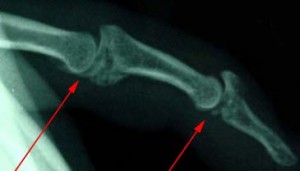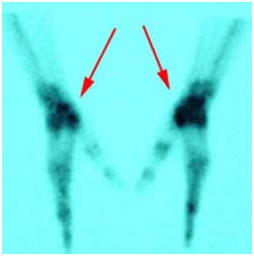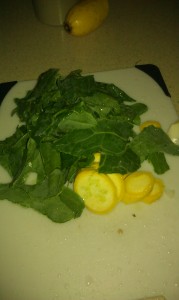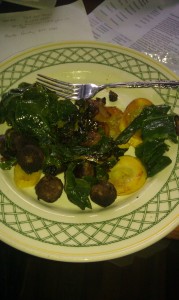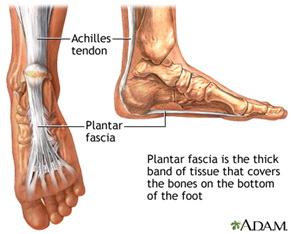Gentle Reader,
A good friend is suffering from arthritis in her hand causing discomfort playing tennis and gripping the handles of her hiking pole. Her pain, like the arthritis pain in many aging hands, is the gradual deterioration of the joints because of continued use and abuse over a long, productive life.
In 1980 when I was cross country skiing with one of my daughters and a couple other mother/daughter teams up in whistler, BC, I hit an early morning patch of shade at the bottom of a long sun-warmed downhill. The sudden change threw me off balance. Gripping the pole twisted my thumb right out of its socket. The big bone at the base that creates our opposing pincher strength thrust up over the back of the hand. Luckily my companion had an extra ski tip, a sandwich bag with ice and an ace bandage in her pack. I skied the 3 – 4 miles back to the Whistler plaza area. But I didn’t take care of the problem right away. Knowing how foggy minded I am without food, I had a sandwich, chatting in the sun with the others before going to the emergency doctor. He, of course, scolded me for not getting to him immediately, pulled the dislocated thumb joint into place and made a temporary splint. My daughter, a newly minted licensed driver, got us home safely to Seattle.
At the University Hospital, the orthopedist crafted a form fitting splint and sent me on my way. There was little to no physical therapy afterwards.
Today this thumb joint is disfigured, but never hurts. In the late 80’s it throbbed and ached frequently and I doubted I would be able to continue to play the flute.
Who do you know whose livelihood depends on fully functioning hands? Musicians, typists, writers, doctors, and carpenters just to name a few.
Read on for a scientific discussion of the hand and arthritis in its joints. But before you do, I want you to take action based on this blog post.
Go to the comment section and tell us how your hands are doing and what it would mean to you to lose their dexterity and strength.
Go to my Shaklee shopping page and read about the products that turn this advancing arthritis pain around, keeping the joints healthy and mobile.
Share this article with someone you know who is suffering from joint inflammation, joint pain in the hands whether from an injury or wear and tear of age so they can chose an alternative to the treatments described in the medical information to follow.
What is the cause of arthritis pain in the hand? When arthritis is due to trauma, the cartilage is damaged.
A doctor can diagnose arthritis of the hand by examining the hand and by taking X-rays.
I’m giving you a link to a thorough and detailed article published by the American Association of Orthopedic Surgeons. Because of the copyright law, I will not include the whole text in this post. http://orthoinfo.aaos.org/topic.cfm?topic=A00224
What I will point out is that there is never a mention of nutrition as a possible abatement, intervention or even treatment for a painful, swollen arthritic joint. What I can tell you from personal experience and the experience of thousands of others is that a nutritionally supported joint will remain functional, will heal itself and will serve you for many years without the surgeries described. It is wonderful the medical profession has developed these treatments, but why not avoid them as long as we possibly can?
When I am talking nutrition, I am not limiting that to food intake or a couple multi-vitamins a day. Some of us need to supplement far more as well as eating a diet of green leafy vegetables, brightly colors fruits, lean protein, little or no dairy, processed sugar or wheat. For my thumb to stay supple and allow me to write for 45 minutes, keeping the pen moving across the page, or weeding for 45 minute without pain, I must have at least 3000 mg. of vitamin C a day. I add the oils to that: 3 servings of the omega oils, 3 servings of GLA, 3 servings of Lecithin. If that seems like a lot, maybe your body would get all the help it needs from a highly absorbable and effective Joint Health supplement with glucosamine hydrochloride and Boswellia that penetrates and increases mobility. I noticed additional comfort when I added this to my diet. Take a look at this video. If your current supplement program isn’t bringing you the relief you want, may I suggest 90 days with the Shaklee equivalents and Joint Health Complex? Changing brands could change your life.
Fondly, Betsy
Be Well, Do Well and Keep Moving
BetsyBell’s Health4u
206 933 1889 1 888 283 2077
betsy@hihohealth.com
